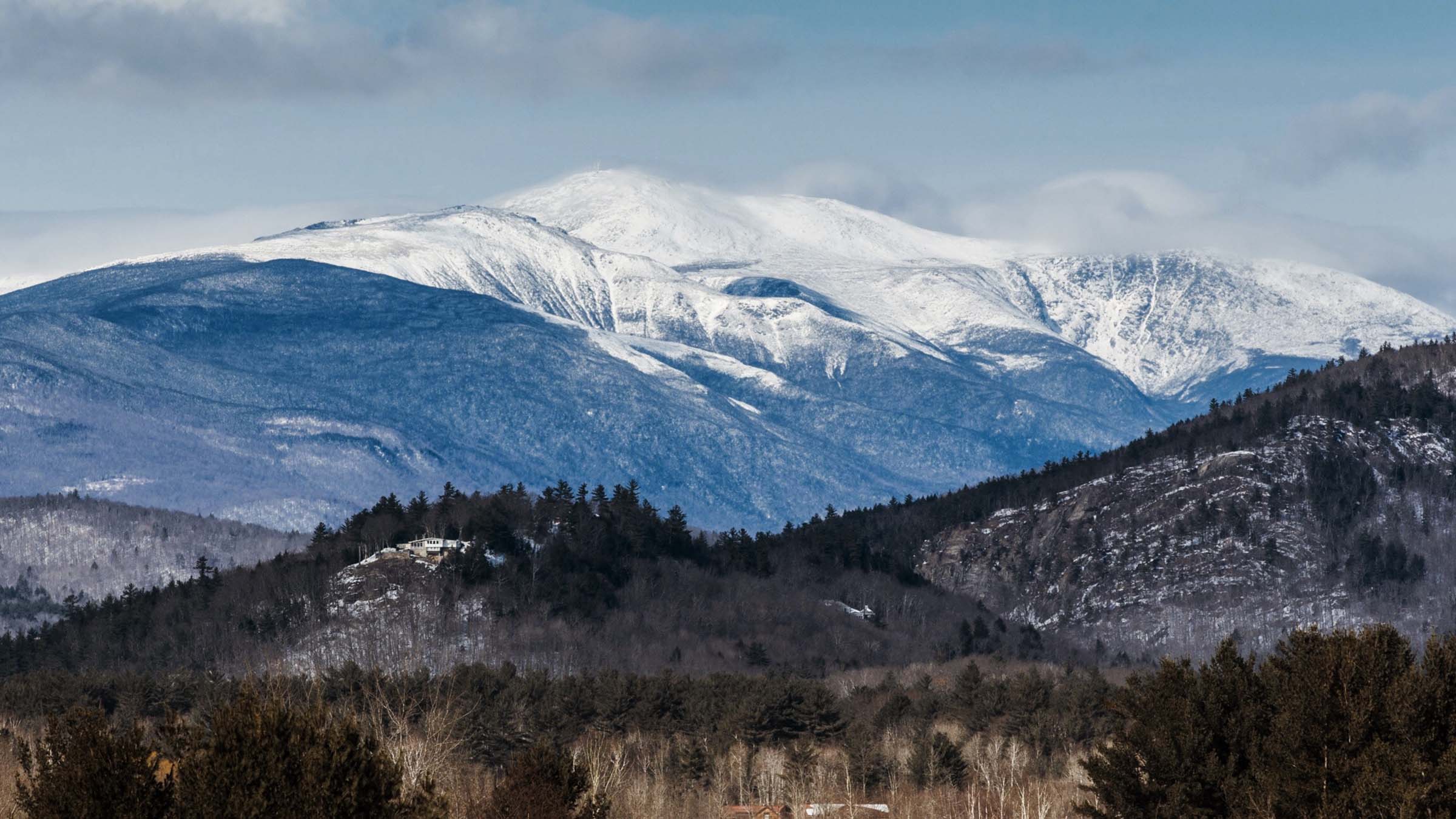Mt. Washington Has Recorded Its Snowiest June Ever—and the Month Is Only Half Over

Mt. Washington (Photo: Marc Sadowski / EyeEm via Getty)
Fourteen days into June, summer has hit most of North America: The sun is shining, the flowers are blooming, and, on a less picturesque note, the forest is burning. We’re barely a week away from the longest day of the year. But you wouldn’t know from looking at the top of Mt. Washington.
With more than half the month left, the northeast’s most notorious mountain has already recorded its snowiest June ever. As of Tuesday, a whopping 8.4 inches of snow has landed on the peak, with 4.2 inches falling on June 7 alone. That’s more than usual—a lot more. In a post, Accuweather meteorologist Dan Pydynowski said that since recordkeeping began 91 years ago, Mt. Washington has averaged 1.3 inches for the entire month.
So far, 2023 has been a year of extremes on the mountain with the “world’s worst weather.” In February, local officials urged hikers to stay off the peak as the top of the mountain experienced wind chills as low as -108 °F, the coldest ever recorded on earth, with the National Weather Service warning that the troposphere could temporarily dip below the summit of the mountain, meaning the top of the 6,288-foot peak was located in the stratosphere.
“It can really only take you taking a glove off, and within a minute your fingers are almost unable to move because your body has pulled the blood away from your fingers,” Jay Broccolo, the director of weather operations at the Mount Washington Observatory, warned hikers in advance of the storm.
In a Facebook post, the Mount Washington Observatory noted that while the volume is unusual, Washington usually sees some snow in June, with the peak’s last snowstorm of the season generally occurring toward the beginning or middle of the month.
However, Washington can—and has—seen cold temperatures and occasional flakes year-round. For unprepared visitors, that can be fatal: Hikers have died of hypothermia on Washington and in the surrounding Presidential Range as late as August.